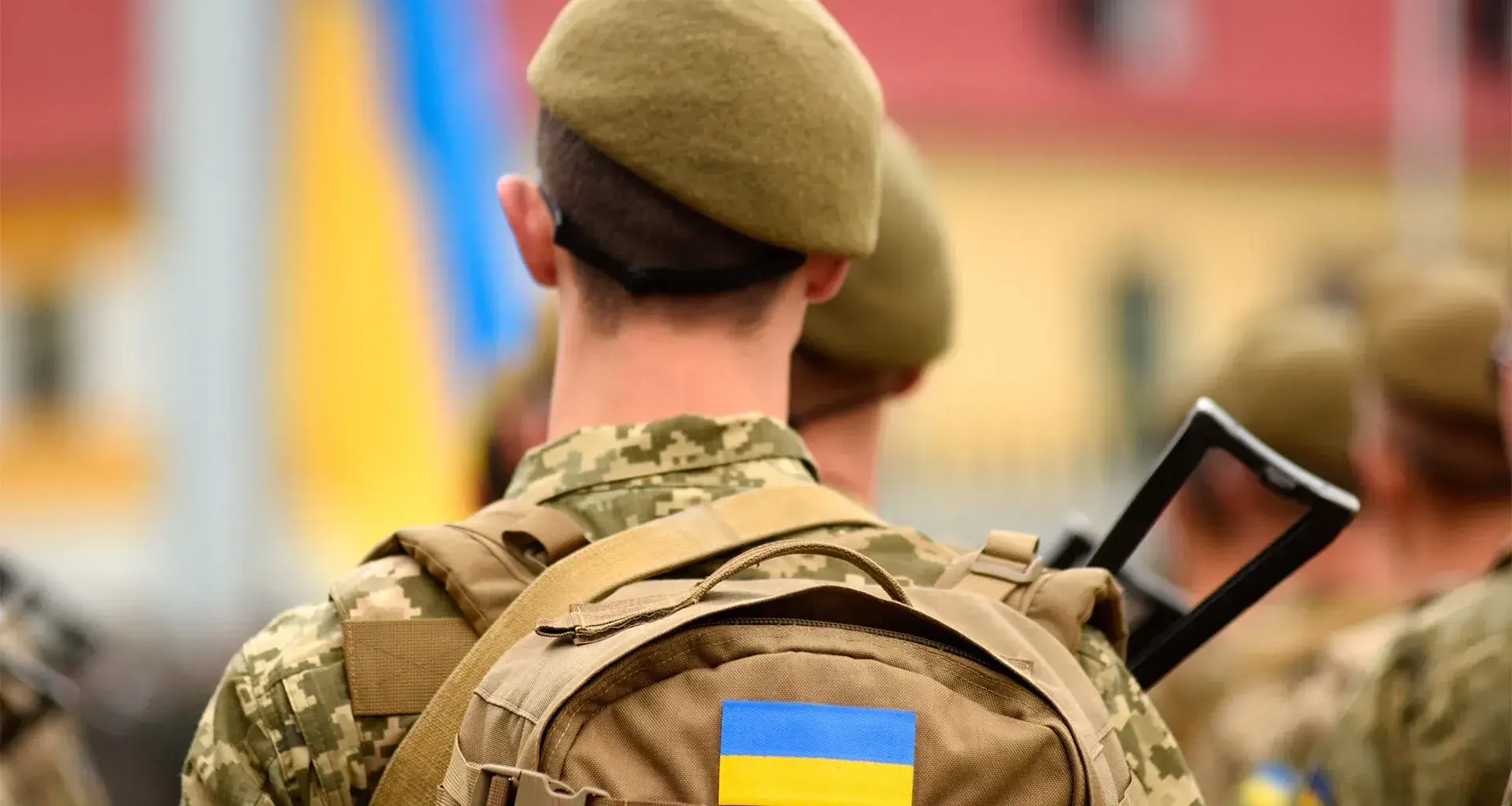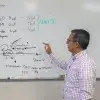“Almost a month into Russia’s war against Ukraine, we can now say that it won’t be a short war, as was anticipated at the beginning,” said Beata Wojna, a professor at Tecnológico de Monterrey in Santa Fe.
According to the academic, resistance from Ukrainian armed forces, Ukrainian society’s commitment to defending their country, and weapons assistance and economic sanctions offered by the West have balanced the Ukraine’s military capabilities.
She said that at this time, Russia has managed to make progress in southern Ukraine by occupying 2 major cities in this part of the country but hasn’t gained further ground.
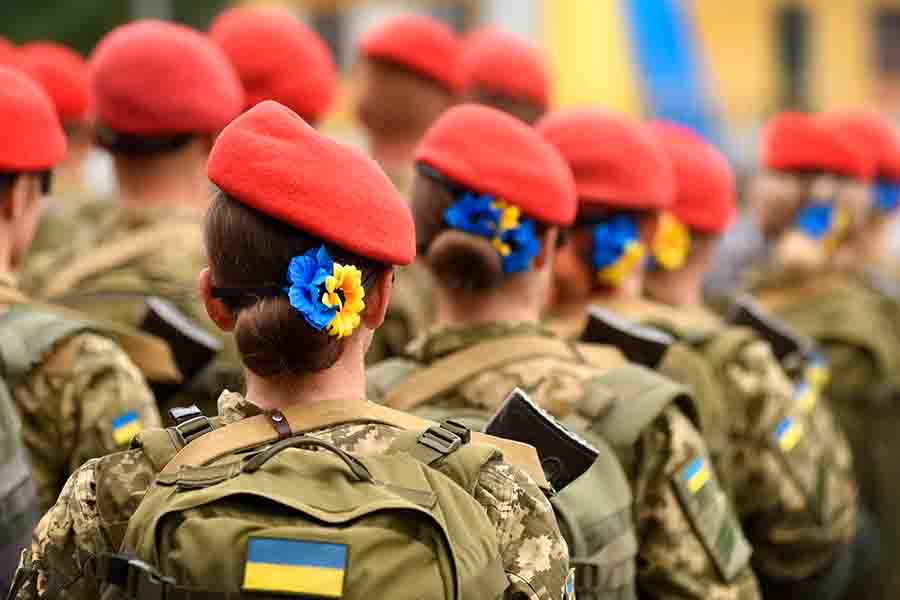
“Almost a month into Russia’s war against Ukraine, we can now say that it won’t be a short war, as was anticipated at the beginning,” said Beata Wojna, a professor at Tecnológico de Monterrey in Santa Fe.
According to the academic, resistance from Ukrainian armed forces, Ukrainian society’s commitment to defending their country, and weapons assistance and economic sanctions offered by the West have balanced the Ukraine’s military capabilities.
She said that at this time, Russia has managed to make progress in southern Ukraine by occupying 2 major cities in this part of the country but hasn’t gained further ground.
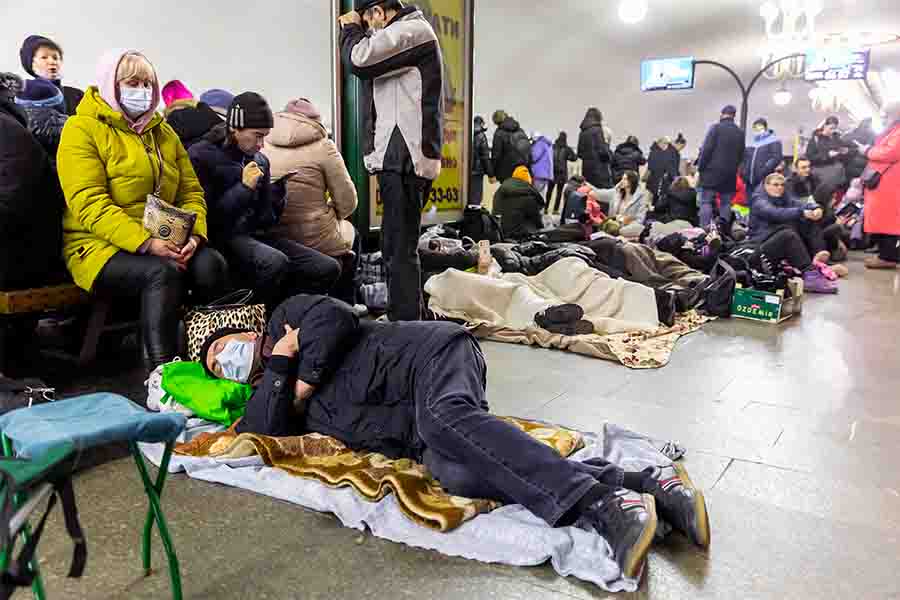
According to the professor, the humanitarian dimension of the war is the main issue to attend to at this time.
“More than three million Ukrainians, mainly women, children, and the elderly, have left the country and are in neighboring countries such as Poland, Romania, Slovakia, Hungary, and Moldova. Additionally, millions have been displaced.
“The United Nations Development Programme estimates that almost 30% of Ukraine’s population will require humanitarian assistance and 18 million Ukrainians will be affected by the war. There’ll also be 7 million internally displaced people,” she said.
“Almost a month into Russia’s war against Ukraine, we can now say that it won’t be a short war.”
Four scenarios for the Russia-Ukraine war
According to the academic from the Tec’s Santa Fe campus, it’s difficult to predict how long Russia’s war against Ukraine will last:
“It certainly depends on Ukraine’s resistance capacity, but also on the evolution of Russia’s goals and the ability of the Russian authorities to accept less ambitious goals than those they proposed at the beginning of the war against Ukraine.”
She said that on the whole, 4 scenarios can be envisioned for this war:
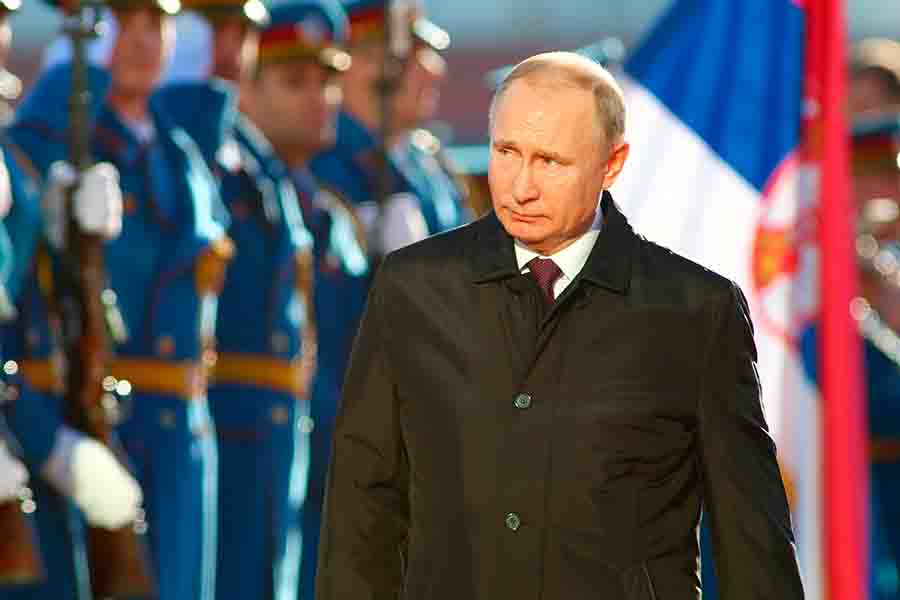
1. Russia withdraws from Ukraine
“The first is the withdrawal of Russian troops from Ukraine. This is the most desirable scenario that could lead, in the future, to the removal of economic sanctions imposed by the West on Russia.
“This scenario could occur after President Putin’s removal from power by his own circle. It’s highly likely that with a new head of state, it would be easier to remove the Russian army from Ukrainian territory, or at least find a negotiated and acceptable solution,” she said.
On the other hand, the professor emphasized how there is no doubt that Russia’s war against Ukraine has exposed many fractures in Russian society and in the economic and military environment of its president.
However, she says that people are exercising great caution at the moment when making predictions relating to the disappearance of Putin from the Russian political scene.
“Russia’s strategy of late has been to besiege and bomb the Ukraine’s largest cities.”
2. Establishment of a pro-Russian government
“The second scenario involves the occupation of Ukraine by Russian forces and the imposition of a pro-Russian government in Ukraine. At present, this scenario seems unlikely, given the Russian troops’ difficulties in advancing.
“But it also isn’t apparent if Putin is giving up his goal of occupying Ukraine and overthrowing Ukrainian President Volodymyr Zelenskyy’s government in order to impose a government sympathetic to Russia’s interests. It can’t be ruled out that Russia will continue to try to carry out this scenario,” she said.
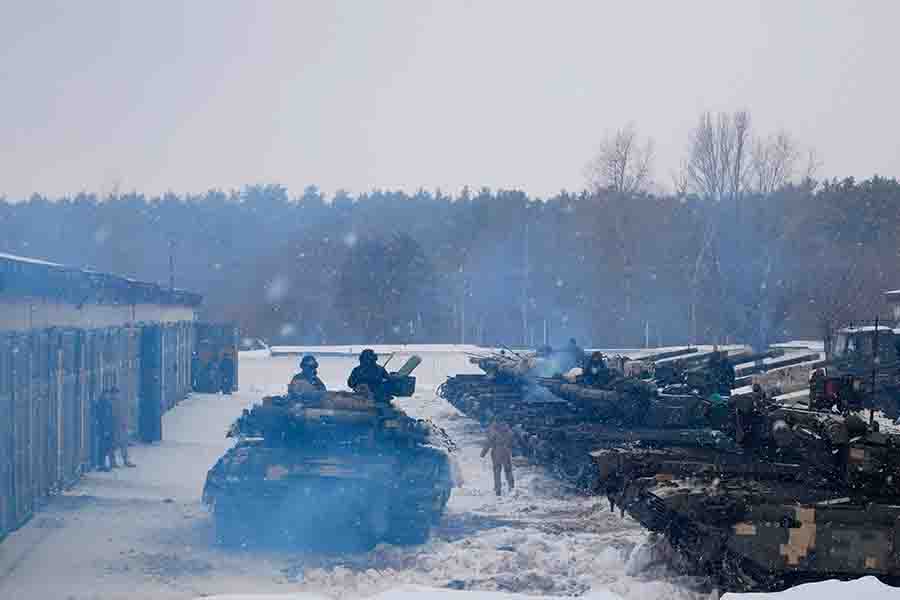
3. Transition towards a ceasefire
The third scenario implies partial occupation of Ukrainian territory by Russia and negotiations that could end in an agreement by both parties or in a ceasefire.
“This is exactly what we’re witnessing in the past few days. Russian forces are advancing to occupy certain parts of Ukraine, but at the same time, the parties have tried to find solutions through bilateral negotiations and with the participation of mediators, mainly Turkey and Israel.
“Russia’s good faith in these negotiations has been questioned both by Ukraine and by other countries. Many have noted that Russia has used the negotiations to achieve other types of objectives, both military and PR-based,” she shared.
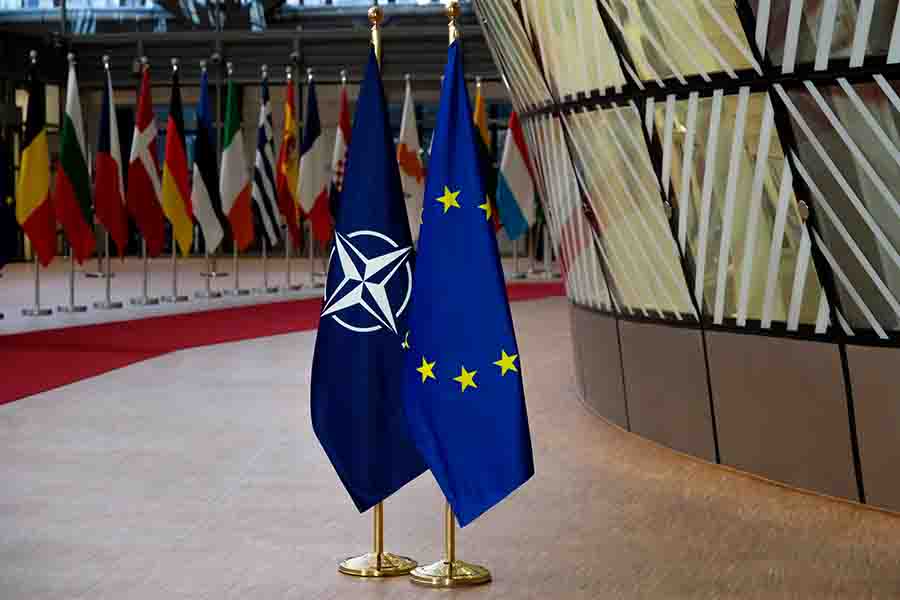
4. NATO joins the conflict
The fourth scenario would consist, in Wojna’s opinion, of transforming Russia’s war against Ukraine into a war between Russia and NATO countries.
“This is everyone’s least desirable and most feared scenario. There has even been talk of the World War III that would break out if there were to be direct confrontation between Russian armed forces and NATO armed forces.
“For now, there’s little chance of this happening. The West has been very cautious to avoid direct confrontation with Russian armed forces. It has stressed that there won’t be any NATO soldiers on Ukrainian territory and has rejected the possibility of a no-fly zone over Ukrainian territory,” she said.
Finally, she explained that there are two circumstances that could cause this Western attitude to change.
“An attack by Russia on any of the NATO countries neighboring Russia or Ukraine would force NATO to respond by activating the defense of these countries, in accordance with Article 5 of the North Atlantic Treaty.”
“And the use of nuclear or chemical weapons of mass destruction by Russia on Ukrainian territory to shorten the war and achieve its objectives would also certainly provoke a more forceful response from NATO,” she concluded.
ALSO READ:

